History/driving impressions originally published in AutoWeek October 19, 1987
Singing through traffic like haiku on wheels, we are a blur of rpm and red and sun in the face, the Honda and I. The exhaust note tingles like the sound of practice/qualifying to a late arrival at the track, and it matters little whether it’s accelerating or steady-state. I press ever so slightly more on the throttle, just to raise the engine speed a bit to hear what it sounds like at that rpm., Honda, it’s poetry. That’s what the S800 is.
What happy happenstance. Honda, formed by its namesake Soichiro Honda in 1949 to make 50 cc motorcycles, had leapfrogged by 1964 into Formula 1 with a 1.5 iliter V12. Its motorcycles were redefining cycling in the U.S. and becoming a force in international racing. Yet, unlike the Japanese companies that would later be its competitors, Honda surge to international recognition was unaccompanied by anything approaching major automobile production. In late 1966, Honda had 0.35 percent of its home market. Honda didn’t build the car until ‘62.
What a beginning it was, though. The Honda S500 was a sports car, however you define the term. A two-seat convertible, it had a 531 cc four-cylinder double overhead cam engine with four carburetors, a four-speed transmission and fully independent suspension. Not the biggest guy on the block, but it packed a lot of punch to the cube: 44 hp at 8000 rpm. If that sounds like a motorcycle, consider that the final drive was by a pair of chains.
Translating “Some’s good, more’s better” into Japanese, the displacement was bumped to 606 cc for the S600 of 1963. Making 57 hp, the upgraded Honda was capable of 90 mph. A stubby – what can you do with the total length of 130 in? – coupe was also added that year.
Even better was 1966 following Richie Ginther’s win in Honda’s F1 racer in the 1965 Mexican Grand Prix (the last race under the 1500 cc formula), Honda debuted the S800. It was more than just a bigger (791 cc) engine. The chains were gone, replaced by a hypoid bevel drive. The new rear axle was live – not independent – but properly located by four trailing arms and a Panhard rod, held by coil-over shocks.
Under the cute if maybe too Oriental steel body was a stout ladder frame. It all made a pleasant little package that seemed natural competition for the Spridget contingent. Natural, that is, until the engine is considered. I drove a pair of 1967 S800s owned by Dr. Paul Meis of Winston-Salem, N.C. – a stock roadster and his vintage racing coupe. I can provide full assurance that once one has swung the needle to 8500 rpm redline on a 11,000 rpm tachometer, a British teakettle, with all due respect, hardly seems in the same league.
Unfortunately the contemporary press offers no direct performance comparisons, but 0-60 mph took about 13.5 seconds and top speed was about 95 mph. That’s ballpark with a good pre-smog -controlled Midget, with the bigger engine.
But getting there! Imagine this snug kimono of stamped steel, the controls all in the right place, black on white gauges (fuel, amps and temp). The dash is plasticky but there’s a bit of Honda to come. A small lever directs heater output (Dr. Meis says it’s meager) to either the whole passenger compartment or the driver only. Other sports cars may have been able, by opening the flap of your choice, achieve the same effect, but it’s how Honda did it that’s neat.
The starter turns the crank externally via a chain and one-way clutch and the engine is soon revving and needs less choke. Then comes the Unexpected Noise. Push the clutch in and it sounds as if somethings loose in there. But don’t fear. They don’t all do that, but some do. It doesn’t seem to hurt them any. Very un-Honda.
Let the clutch out. The little engine builds rpm with a roar and the uncanny smoothness that has become a Honda trademark. Grab the shifter, a tiny nubbin that seems more an overgrown Radio Shack toggle switch. Second to third requires a formal tour of the pattern: Unclick-up-click-over-click-up-click. The excess precision feels good, but forget speed shifting.
Handling. Dr. Meis introduced me to his favorite cloverleaf to learn about North Carolina highway department’s decreasing-radius turns. There was considerable pucker on my part, but the Honda handled it with aplomb, cornering with the balance of an eight-year-old judo black belt.
One could go on in the roadster for hours. It’s fun on a proper back road and even entertaining around town. But it’s time to get serious. It’s time to get out the coupe.
Dr. Meis has it painted white with the Japanese sun on the hood – like the Honda F1 cars – and it carries more bite than the roadster. Alleged mufflers do little to cut the sound of the exhaust so earplugs are standard equipment. A bit more radical tune has the engine stumbling when full throttle is given at 5000 rpm: not enough revs. Dr. Meis runs it up to five figures for racing. Valves float that 11,500 rpm and the stock connecting rods are supposedly no good beyond 14,000 RPM. Honda sold racing parts, but there rarer now than sushi at a VFW fish fry.
Over its five-year span Honda’s production of the S800 was less than 12,500, some for home and some exported, about 1500 to England. Rumor placed 400 S800s on the docks of Los Angeles, needing only federal certification to enter the US. It’s not true, says American Honda, and until someone provides concrete contrary evidence (photos, U.S. Customs records, etc.), we’ll consider it another urban legend crushed.
It was the two-cylinder N600 sedan and Z600 coupe with which Honda entered the American automobile market and they cornered the cute market, which was unfortunately much too small. Then came the Civic, a direct hit in marketing, but more utilitarian than fun. It would be years before enthusiast heart cockles would be warmed by sporting cars from Honda. If only they knew it had been there all along.









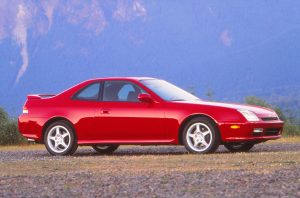
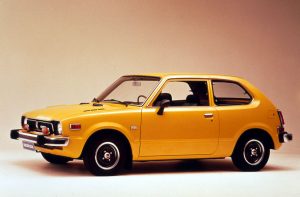
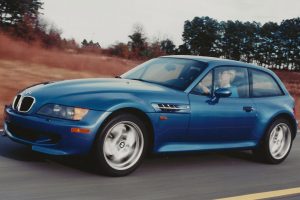
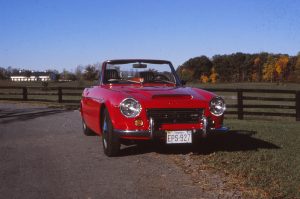
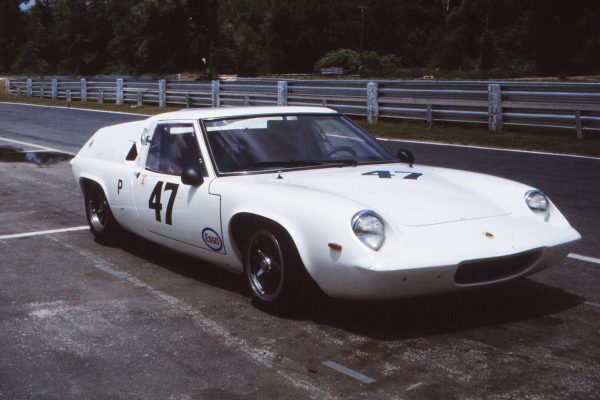
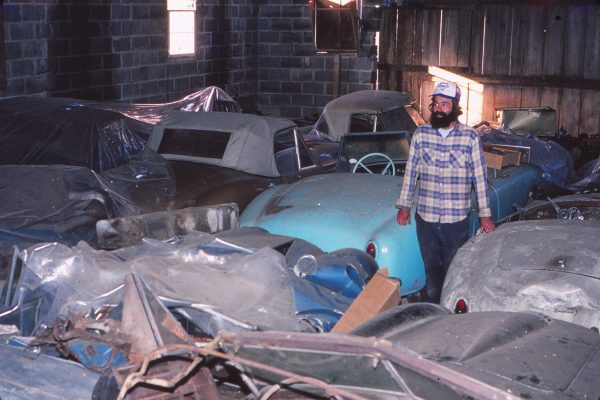
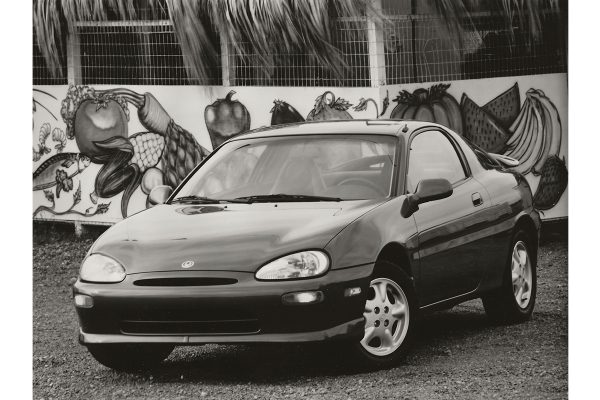
What Do You Think?
You must be logged in to post a comment.